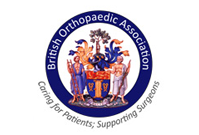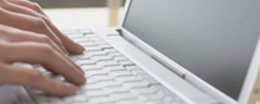This session format provides the opportunity to discuss interesting and challenging cases among the invited panel and the audience. An active discussion is the main benefit of such an exchange.
The session is 90 minutes long. The organiser forms a discussion panel together with three invited members. Each panel member should present three cases.
For each panel member, the first case presented should correspond to very basic evidence to give confidence to the audience and prepare attendees for the discussion.
When concluding the cases, it is advisable to show documented evidence in the form of references to articles supporting the options that were chosen. A take-home message should also be delivered. This will greatly enhance the learning experience of the participants.
| Title | Topic | Day | Time | |
|---|---|---|---|---|
| SCFE – Different Classifications / Different Approaches | Paediatric Orthopaedics | Epidemiology, Prevention & Diagnosis | Wed. 4 June |
15:00-16:30 |
| Proximal III Or IV Part Humerus Fractures: Plate, Nail Or Conservative? | Shoulder & Upper Arm Trauma | Surgical Treatment | Wed. 4 June | 15:00-16:30 |
| Scaphoid Fractures And Their Complications | Hand & Wrist Trauma | Surgical Treatment | Thu. 5 June |
15:00-16:30 |
| Difficult Cases In Orthopaedics And Traumatology Solved By Microvascular Reconstruction |
Miscellaneous Orthopaedics
|
Fri. 6 June | 15:00-16:30 | |
Download the CCD programme (PDF document – 1 page – 62kb)




